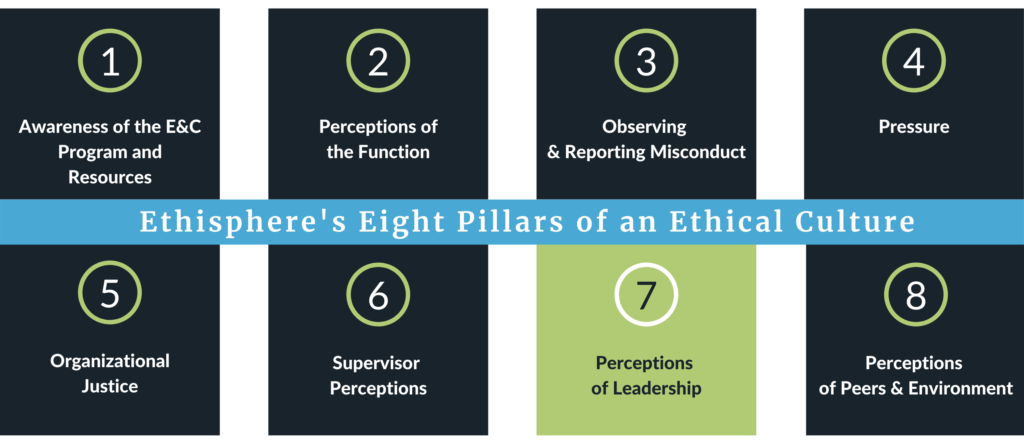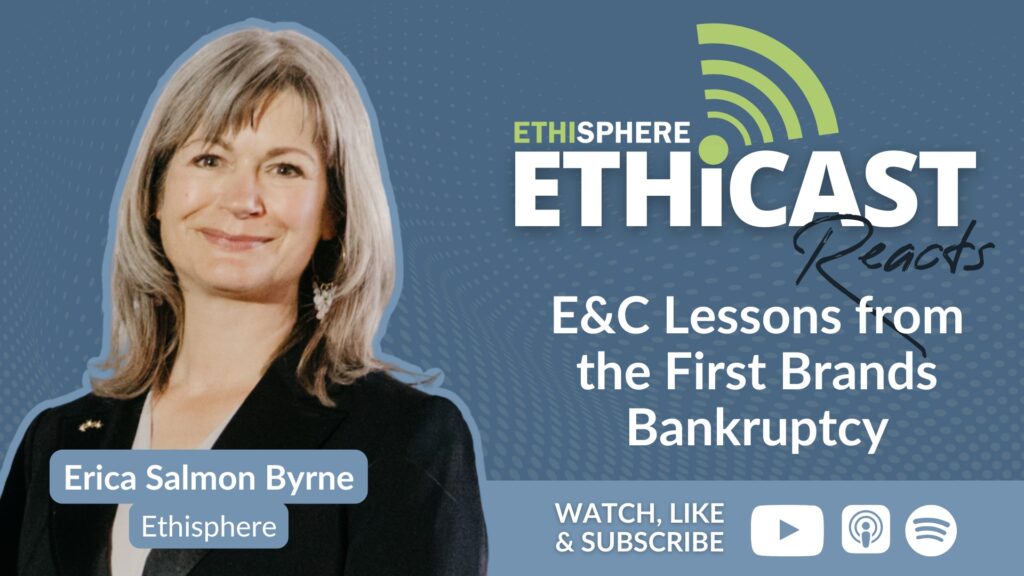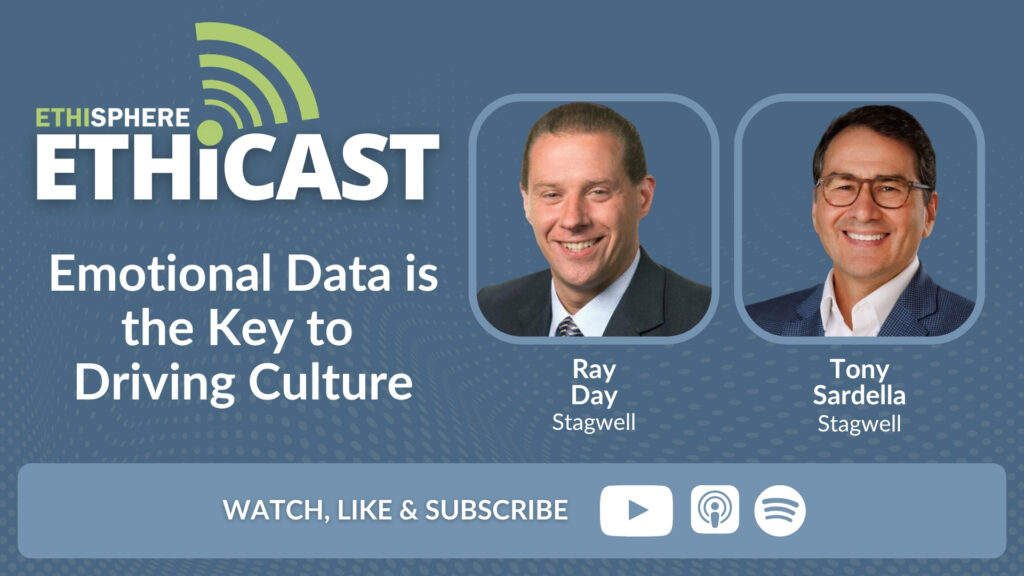
8 Ways to Elevate Ethical Culture: Measuring the Perceptions of Leadership

AUTHOR:
Scott Stevenson, M.B.A.
Director, Culture Services
In this series, we share insights into the eight pillars that make up a robust ethical culture. Our eight pillars seek to get at the key metrics of a strong ethical culture: do your employees understand what is expected of them, do they know where to go if they have questions, and if they need help or have made a mistake, do they trust the process enough to ask for it?
Today’s post focuses on perceptions of leaders.

Pillar Seven: Perceptions of Leadership
What it is we aim to measure:
Employee perceptions of senior leadership, and whether leaders both “talk the talk” and “walk the walk.”
Types of questions in the assessment:
- Senior leadership promotes the importance of doing the right thing.
- I believe senior leadership acts ethically.
Why it matters:
“Tone from the top” has always been a critical component of a strong ethical culture, and the extent to which the leadership team emphasizes and demonstrates the way in which they expect employees to behave will have ripple effects throughout the organization.
We see a significant delta when we compare the perceptions of those employees who believe senior leadership acts ethically to those who are not so sure, particularly on key questions like whether the company abides by its commitment to non-retaliation.
What the data says:
This pillar tends to be an area that strongly correlates with all other areas of culture measurement:
87 percent of surveyed participants believe that senior leaders promote the importance of doing business the right way
78 percent of survey participants believe that senior leaders act consistently with their words
That nine-percentage point gap is an area of opportunity for most organizations. What we generally find when we dig into the data is most employees do not actively disagree that senior leaders “walk the walk” – they simply do not have a reason to say one way or the other. This is particularly the case with geographically distributed workforces who may rarely see or hear from the leadership team.
How Ethisphere clients have used the data/insights:
Organizations often use the data from this pillar to review with leaders the extent to which they are engaging in storytelling when sharing goals with employees. Do they explicitly talk about ethical decisions they have made or how they might handle a given situation? If they do, does the data available to the company show that employees are hearing those messages? Many times, the leadership team thinks they are conveying messages, but it’s through a modality that employees are not using. Avoid this scenario by using available metrics to inform modality choices.
Expert tips for your program:
- Verify that leaders are sharing stories, and celebrate those who do it most effectively.
- Use the example of those leaders to inspire those to whom it comes most naturally.
- Ask what metrics are available to monitor the modalities that employees are engaging with, and modify messages accordingly.
Have questions about ethical culture? Schedule time to talk with an Ethisphere expert.



